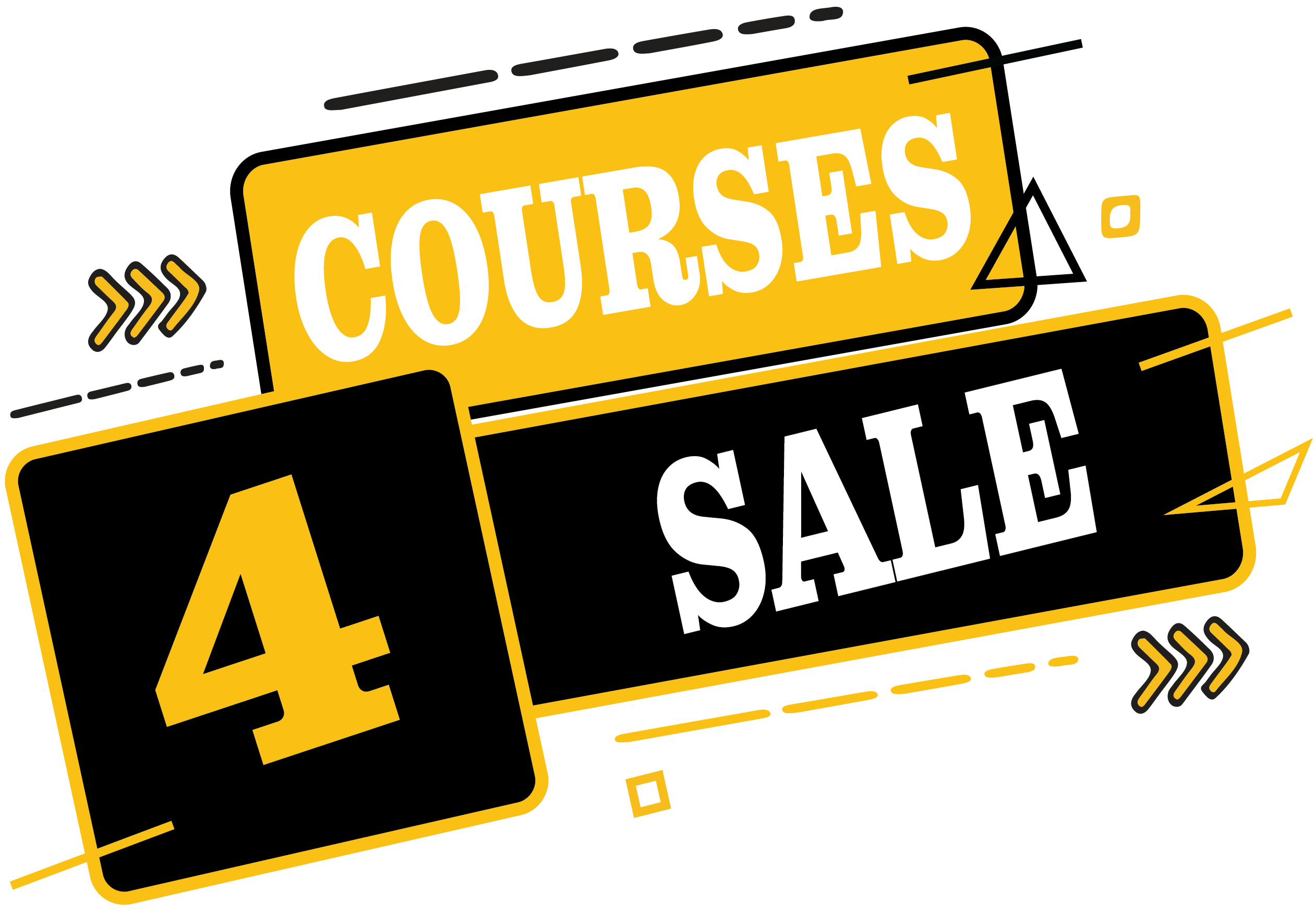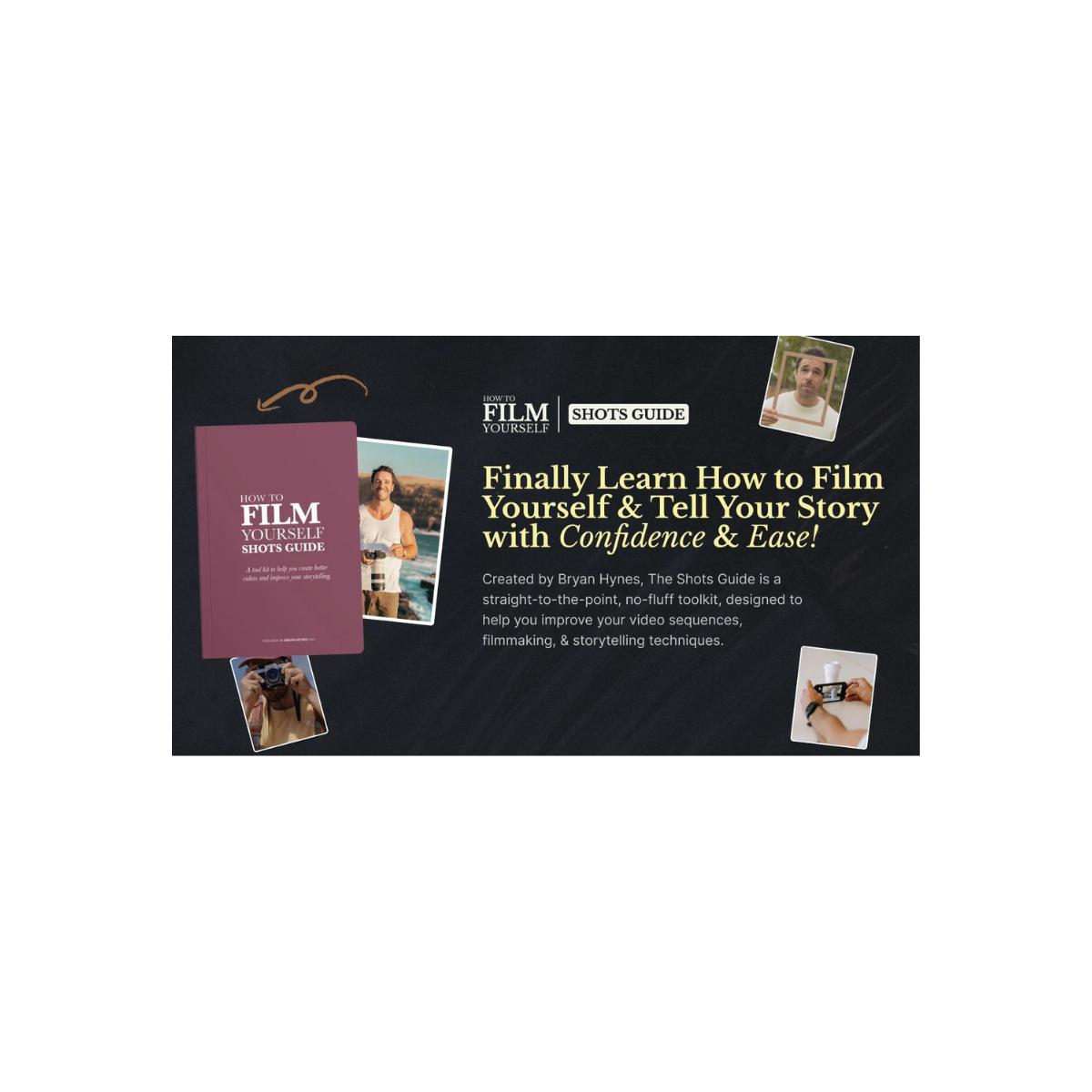Digital media has made it possible for everyone to create engaging videos, not just professionals! Learning to video oneself may be a game-changer for anybody who enjoys capturing memorable moments, whether they are aspiring content creators or YouTubers. Here’s the ultimate resource: Bryan Hynes’ guide on how to film yourself in shots. This extensive blog will guide you through every step required to video oneself professionally.
The Significance of Self-Filming
Being able to carry oneself well on camera might make you stand out at a time when personal branding is crucial. Think about this: With more than 2 billion monthly log-in users, YouTube is the second most popular website worldwide. In addition, every minute 500 hours of footage are posted to YouTube. It takes more than just strong information to stand out in this crowd—you also need outstanding presentation abilities.
Getting Ready for Achievement
The Appropriate Tools
Owning the appropriate equipment is crucial when it comes to self-filming. No, you don’t have to spend a fortune on the newest camera, but making an investment in some basic gear might help a lot. Here are a few essentials:
Camera: Make sure the camera on your device—be it a DSLR, mirrorless, or even your smartphone—has decent video quality.
Tripod: One must be stable. Handheld camera shots may be distracting and unsteady.
Microphone: High-quality audio frequently has a greater impact than high-quality video. For clean, clear audio, think about using a lapel mic.
Lighting: Natural light is ideal, but if you’re filming indoors, get a softbox or ring light instead.
Selecting the Ideal Site
The setting where you shot your video determines its tone. A background that is tidy and well-lit is usually a wise choice. Never forget that you should be the center of attention, not your surroundings.
Getting the Hang of Your Shots
Composition and Framing
One of the most important rules of photography and filmmaking is the rule of thirds. Visualize dividing your screen into a 3 by 3 grid. For a composed and interesting photo, position yourself at one of the junctions. From Bryan Hynes’ How to Film Yourself Shots Guide, here’s a great tip: Avoid taking off your head’s top section by leaving extra headroom!
Methods of Stabilization
Unsteady video can be quite off-putting. In case you don’t have a tripod, utilize temporary stabilizers. Brace your camera against anything firm or rest your elbows on a stable surface. Tools like Adobe Premiere Pro’s Warp Stabilizer might aid in smoothing out your film during post-production.
Concentration and Exposure
Although auto-exposure and auto-focus are seductive, they don’t always work as intended. With manual settings, you have greater control. To prevent overexposed or excessively dark scenes, fix your attention on your eyes and make exposure adjustments.
Bringing it to Reality
Using Story to Engage
Your presence on camera is important. Make sure to establish eye contact with the camera, speak properly, and adopt proper posture. Since viewers are able to see when someone is not being sincere, try to appear enthusiastic and real.
B-Roll Enchantment
Your film may become more engaging and lively by including B-roll material. Your primary content is supported by this auxiliary video. Include videos of the cooking process, for example, if you’re discussing a recipe.
Sound Is Important
It’s painful, don’t you think, to see a visually attractive video with bad audio. It’s important to have clear audio. Make sure your recordings are sounding well by testing them and using microphones. Although background music can provide depth, be sure it doesn’t drown out your speech.
How to Edit Like a Pro
Editing Programs
There are several editing tools available, ranging from more sophisticated programs like Adobe Premiere Pro and Final Cut Pro to free choices like iMovie and DaVinci Resolve. Select the one that best suits your needs and skill level.
Trimming the Fat Editing is a narrative process. Eliminate superfluous details and maintain a clear, interesting writing style. As a general guideline, exclude a clip from your story if it doesn’t enhance the story.
Including Effects
Your video may be improved with color correction, text overlays, and transitions. Use effects, nevertheless, sparingly. Your content should always come first, not special effects.
Typical Mistakes and How to Prevent Them
inadequate lighting
Negative lighting or low light levels can make a shot look bad. Prior to filming, make sure your lighting setup is tested.
Unreliable Audio
Variations in audio levels might occur while switching between different microphones or surroundings. To keep a constant volume, test and make adjustments.
Ignoring the Composition
Viewers may become distracted by an unbalanced background, crooked framing, or inadequate headroom. While setting up your photo, pay close attention to the details.
Reaching Perfection via Practice
Selfie filming might seem intimidating at first, but it becomes easier with experience. Make brief videos and watch them again. Determine your areas of weakness and address them. You’ll become more confident with time and eventually be filming like a pro.
In conclusion, master the art of self-filming.
Self-filming is a skill that takes time and effort to master, but with the correct support and persistence, you can produce engaging videos that stand out. For everything related to self-filming, the Bryan Hynes – How to Film Yourself Shots Guide is the essential reference. This tutorial will help you regardless of your level of experience; it covers both beginners and advanced users.
Are you prepared to advance your abilities to record your own films? Explore additional pointers and strategies to improve your gaming right now!
We hope that after reading this blog, you will have learned a lot about efficiently recording oneself. Never forget that there is always more to learn and that every great videographer starts somewhere. Continue honing your skills, trying new things, and most of all, enjoying the process of being creative!
Continue honing your skills by looking at further resources and blog entries from Bryan Hynes – How to Film Yourself Shots Guide. You’re about to enter a world of intriguing video entertainment!








Reviews
There are no reviews yet.